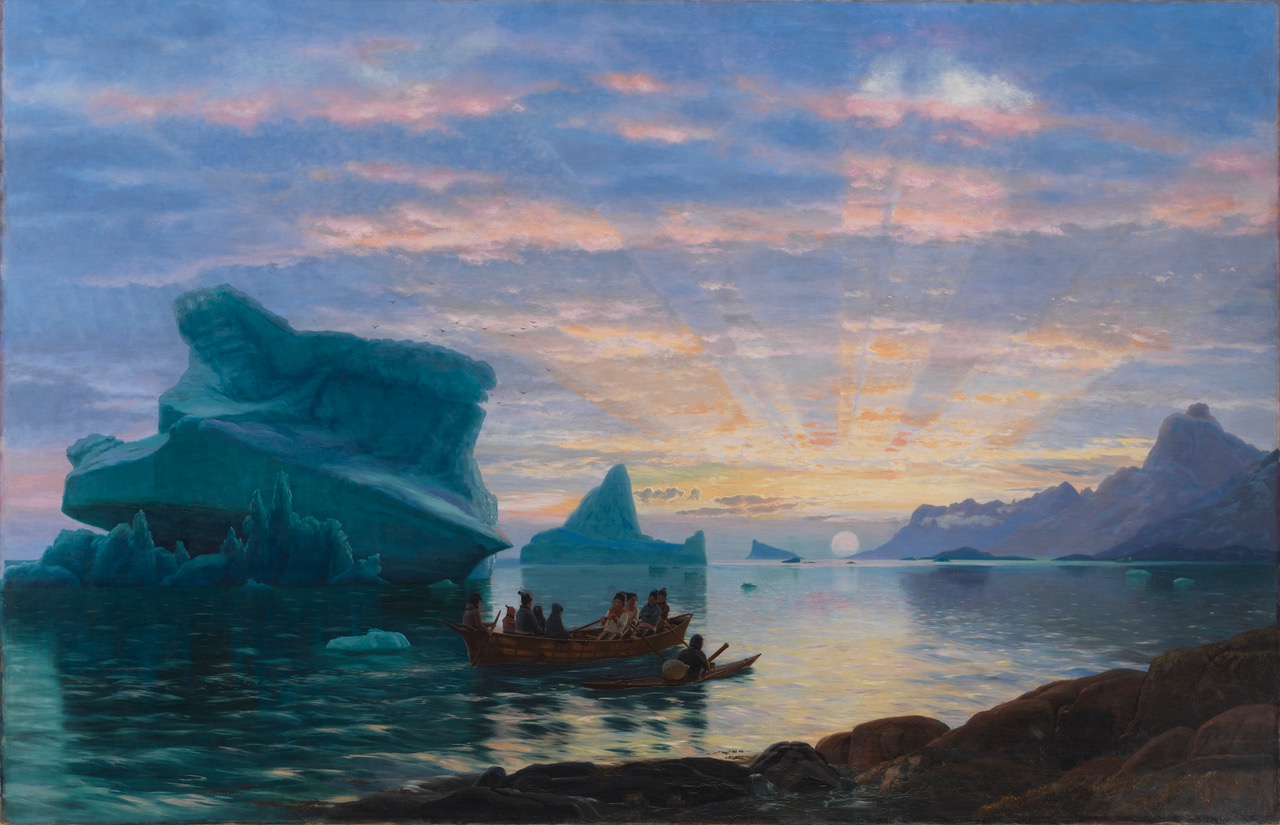Antropologia sztuki rdzennej ludności regionu nordyckiego: reprezentacja Kalaallit Nunaat i Sápmi w muzeach skandynawskich
DOI:
https://doi.org/10.26881/porta.2023.22.08Słowa kluczowe:
antropologia sztuki, sztuka rdzennej ludności, Kalaallit Nunaat, Sápmi, Skandynawia, postkolonializmAbstrakt
This essay is an attempt to present the most important points of the current discussion about the cultural remains of colonialism in Scandinavia by analyzing the representation of indigenous art in museums. I would like to focus on the reasons why Saami and Inuit art was usually excluded from the traditional art history narrative and placed almost exclusively in collections of ethnographic or historical museums. On the examples of the strategies applied by three museums: the National Museum of Denmark in Copenhagen, Nordic Museum in Stockholm, and the National Museum of Art, Architecture and Design in Oslo, the following issues are considered: what determines the selection of indigenous artists and their works, how they are exhibited, what place indigenous art holds in the national canon of art today, and how these museum strategies perpetuate, or not, stereotypes of Kalaallit Nunaat and Sápmi. For the sake of this paper, based on ethnohistory, historical anthropology and anthropology of art in a Nordic context, the terms ‘art’ and ‘artist’ go beyond the traditional definitions used in art history.
Downloads


 Uniwersyteckie Czasopisma Naukowe
Uniwersyteckie Czasopisma Naukowe



